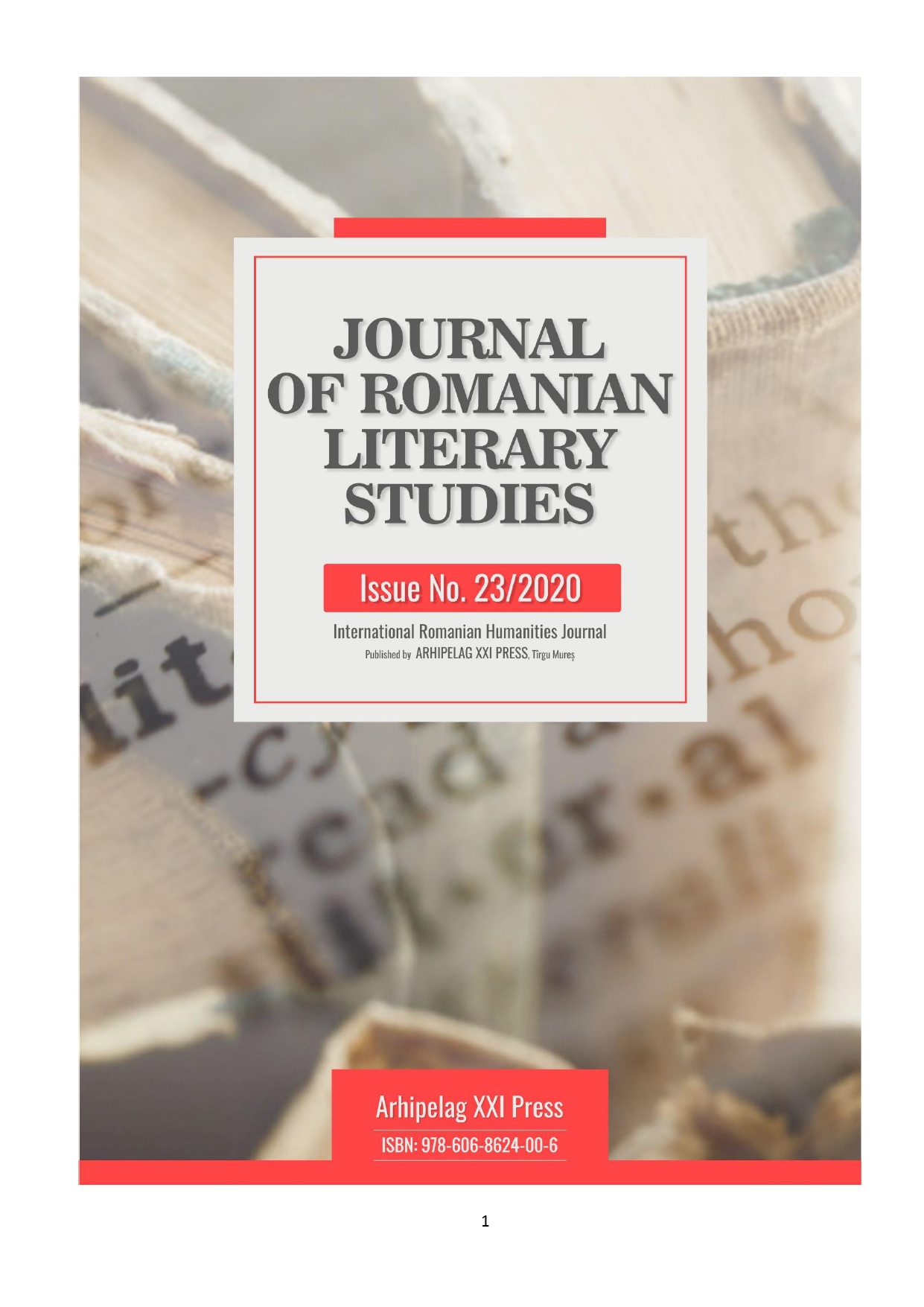BIRTH AND IMPOSITION OF THE GREAT FRENCH ROMANTICISM
BIRTH AND IMPOSITION OF THE GREAT FRENCH ROMANTICISM
Author(s): Daniel GălățanuSubject(s): Cultural history, Music, Visual Arts, Studies of Literature, History of ideas, 19th Century, Theory of Literature, History of Art
Published by: Editura Arhipelag XXI
Keywords: French romanticism; 19th century; aesthetic currents; aesthetic antagonism; literature; fine arts;
Summary/Abstract: In a France with Latin origins and whose art has been classical since the end of the Renaissance, the Romantics needed a real revolution to shake the foundations of the stylistic and composition rules established and grounded for centuries by the almighty French Classicism. However, Romanticism, a current dedicated to the liberation of art, manages to impose itself and dominate the French artistic landscape, from the time of the Consulate to the Revolution of 1848, occupying, to the same extent, both the space of literary ideas and works, as well as plastic and musical representations. Brought to France by Mme de Staël from Germany... with northern, Gothic and Ossianic spirit, this veritable romantic revolution that emerged in literature consists, above all, in the claim of the poetic I and the artistic Me, in general. His aesthetic and moral values, his theme and his ideas, propagate very quickly in that time, and begin to profoundly influence the other artistic fields. This spectacular achievement is due to the main characteristic of Romanticism, namely, the decided affirmation of the fundamental originality of the individual, affirmation that the rigors of classical rationalism, but also the dogmas, both always religious and philosophical in the Century of Lights, had blocked for a long time.
Journal: Journal of Romanian Literary Studies
- Issue Year: 2020
- Issue No: 23
- Page Range: 53-57
- Page Count: 5
- Language: Romanian

